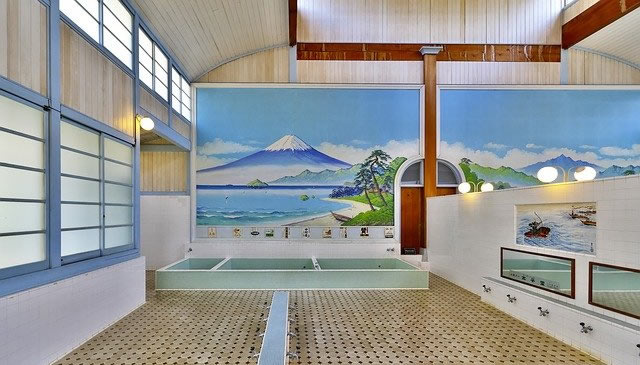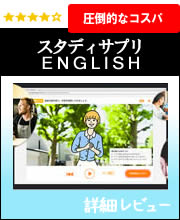今日から「Meet Japan’s first female bathhouse artist -「日本初の女性銭湯アーティスト」を読んでいます。

It’s a cold, grey morning in the sleepy Japanese port town of Yawatahama.
人々が寝静まる日本の港町、八幡浜の寒くて灰色の朝。
Outside, driving rain splatters on the pavement and wind whips through the harbour.
外では雨が舗道を舞い、風が港を吹き抜けていく。
But inside the Taishoyu bathhouse, there are bright blue skies, sun-soaked islands and panoramic views of Mount Fuji
しかし大正湯の浴場には、真っ青な空、太陽の光を浴びた島々、そして富士山のパノラマビューが広がっている
- never mind that the snow-capped stratovolcano is 775km away.
雪で覆われたこの成層火山は775kmも離れてはいるが。
stratovolcano「成層火山」。
With a few more deft strokes from Mizuki Tanaka’s brush, pine trees, terraced orchards and bobbing sailboats appear, transforming a windowless wall into a soothing dreamscape designed to transport bathers into Zen-like oblivion.
さらに、田中みずきさんが筆を走らせると、松の木や棚田、揺れるヨットが現れ、窓のない壁面が、入浴者を禅の境地へと誘う心地よい夢の空間へと変化する。
For more than 1,200 years, public bathhouses, known as sento, have held an important cultural role in Japanese society.
1200年以上も前から、銭湯は日本社会で重要な文化的役割を担ってきた。
Traditionally, these temple-shaped structures were the only place where many Japanese families could bathe, and people walked there every day to soak under tranquil murals of idyllic landscapes.
伝統的にこの寺院のような建物は、日本の多くの家庭が入浴できる唯一の場所であり、人々は毎日ここへ歩いてきて、のどかな風景を描いた壁画のもとで入浴していた。
But in the last 50 years, the number of sento has plummeted from more than 18,000 to fewer than 3,000.
だがこの50年間で、銭湯の数は18,000以上から3,000未満に激減したのだ。
plummet「(釣り糸の)おもり、下げ振り糸、(物が)まっすぐに落ちる、(人気・物価などが)急落する」。
子供の頃は、祖母と銭湯に行くことがありました。
富士山が書いてある大浴場でお湯につかった後は、フルーツ牛乳をおねだり(笑)。
生き帰りは祖母と手をつないで歩いて・・・振り返ると楽しい思い出です。
特に今のようなご時世だと、銭湯に行く方も少ないのでしょうが、新たに銭湯画を描く女性画家がご活躍とか。
早速読んでいきましょう!
理由は単純明快!「少ないコストでしっかり楽しく学べるから」。
私自身の経験(高機能でビックリ)をびっしり書いていますので、良かったら読んでみてください。
下のバナーからどうぞ!






